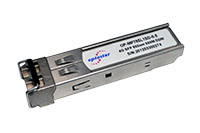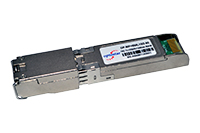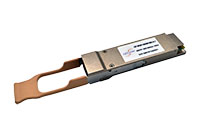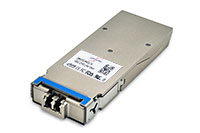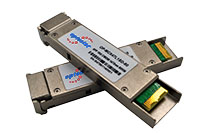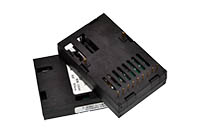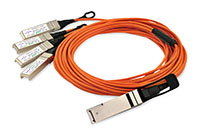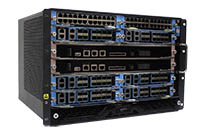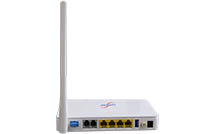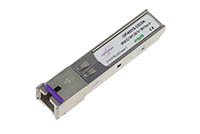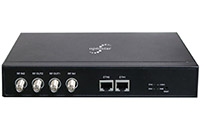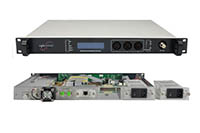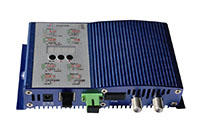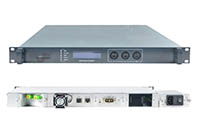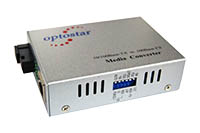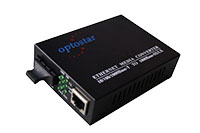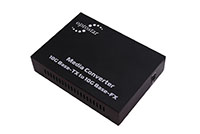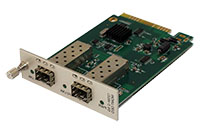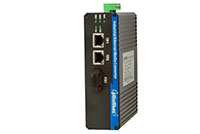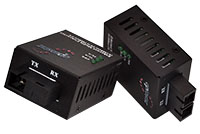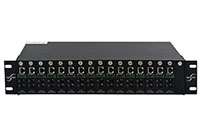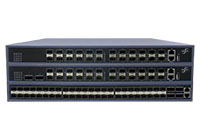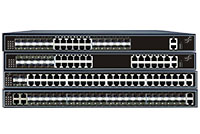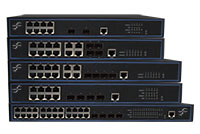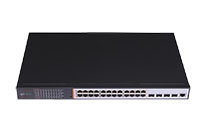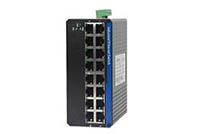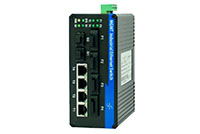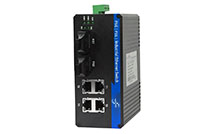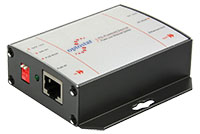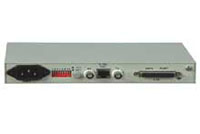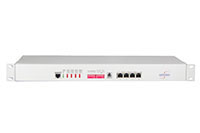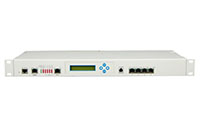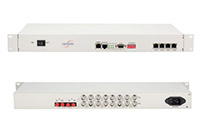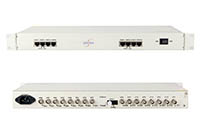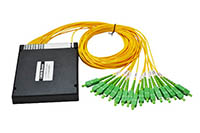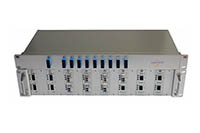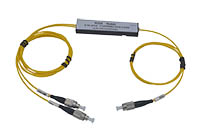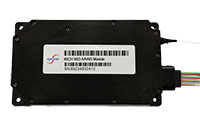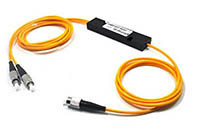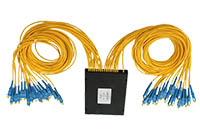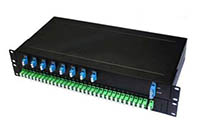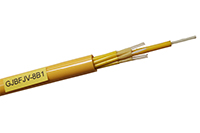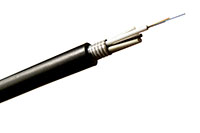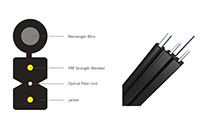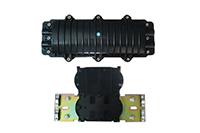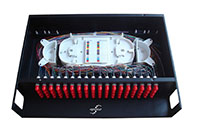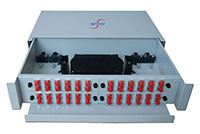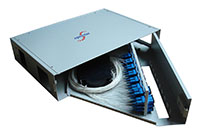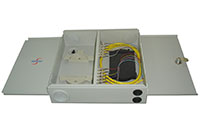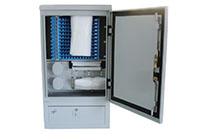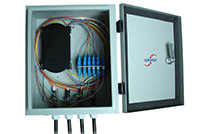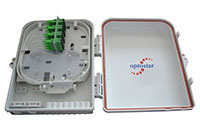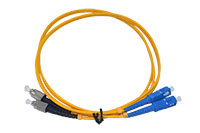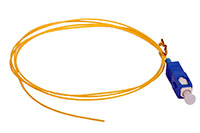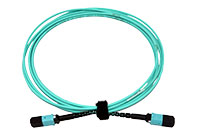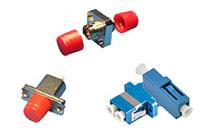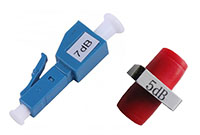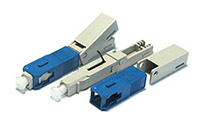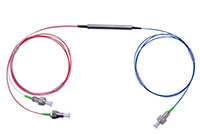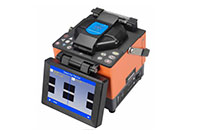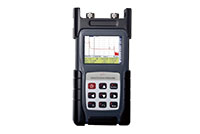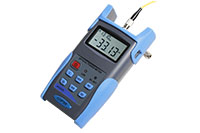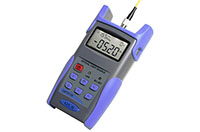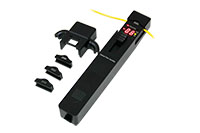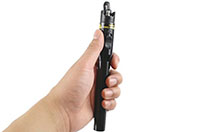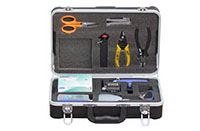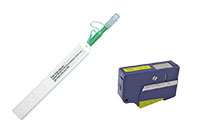|
Single Mode Single Mode cable is a single stand of glass fiber with a diameter of 8.3 to 10 microns that has one mode of transmission. Single Mode Fiber with a relatively narrow diameter, through which only one mode will propagate typically 1310 or 1550nm. Carries higher bandwidth than multimode fiber, but requires a light source with a narrow spectral width. Synonyms are mono-mode optical fiber, single-mode fiber, single-mode optical waveguide, uni-mode fiber. Single-mode fiber gives you a higher transmission rate and up to 50 times more distance than multimode, but it also costs more. Single-mode fiber has a much smaller core than multimode. The small core and single light-wave virtually eliminate any distortion that could result from overlapping light pulses, providing the least signal attenuation and the highest transmission speeds of any fiber cable type. Single-mode optical fiber is an optical fiber in which only the lowest order bound mode can propagate at the wavelength of interest typically 1300 to 1320nm. Multi-Mode Multimode cable is made of glass fibers, with common diameters in the 50-to-100 micron range for the light carry component (the most common size is 62.5). POF is a newer plastic-based cable which promises performance similar to glass cable on very short runs, but at a lower cost. Multimode fiber gives you high bandwidth at high speeds over medium distances. Light waves are dispersed into numerous paths, or modes, as they travel through the cable's core typically 850 or 1300nm. Typical multimode fiber core diameters are 50, 62.5, and 100 micrometers. However, in long cable runs (greater than 3000 feet [914.4 ml), multiple paths of light can cause signal distortion at the receiving end, resulting in an unclear and incomplete data transmission. How do I know what type of fiber I need? This is based on transmission distance to be covered as well as the overall budget allowed. If the distance is less than a couple of miles, multimode fiber will work well and transmission system costs (transmitter and receiver) will be in the $500 to $800 range. If the distance to be covered is more than 3-5 miles, single mode fiber is the choice. Transmission systems designed for use with this fiber will typically cost more than $1000 (due to the increased cost of the laser diode). What is the difference between multimode and single mode fiber? Multimode fiber has a relatively large light carrying core, usually 62.5 microns or larger in diameter. It is usually used for short distance transmissions with LED based fiber optic equipment. Single-mode fiber has a small light carrying core of 8 to 10 microns in diameter. It is normally used for long distance transmissions with laser diode based fiber optic transmission equipment. Should I install single-mode or multimode fiber? This depends on the application. Multimode fiber will allow transmission distances of up to about 10 miles and will allow the use of relatively inexpensive fiber optic transmitters and receivers. There will be bandwidth limitations of a few hundred MHz per Km of length. Consequently, a 10 mile link will be limited to about 10 to 30 MHz. For CCTV this will be fine but for high speed data transmission it may not be. Single-mode fiber on the other hand will be useful for distances well in excess of 10 miles but will require the use of single-mode transmitters (which normally use solid-state laser diodes). The higher cost of these optical emitters mean that single-mode equipment can be anywhere from 2 to 4 times as expensive as multimode equipment. I already have single-mode fiber installed, but I am only going a short distance. Can I use lower cost multimode equipment? No. Multimode equipment will not launch (inject) enough light into a single-mode fiber since the light carrying core of this fiber is only 9 microns in diameter compared to 62.5 microns in diameter for multimode fiber. Unfortunately you must use single-mode equipment. If the fiber distance is short however, the cost for replacing the single-mode fiber with multimode fiber may be more economical than the higher cost for the single-mode electronics.
|  ouyangroya
ouyangroya optostar3
optostar3 optostar2
optostar2
 optostar66
optostar66 optostar11
optostar11 sales6star
sales6star live:technician_119
live:technician_119

